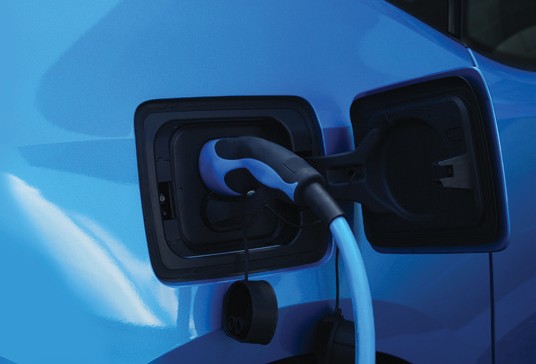
Energy Storage

Automotive

Description technique du BMS 19-30s
Cells management
- Management of 19 to 30 lithium cells in series* compatible with all cell technologies (NMC, LiFe, LiPo,…),
- Management of up to 15 NTC temperature sensors:
- 10 digital measurements used by the software
- 5 analogue measurements used by the hardware redundancy
- Measurements accuracy:
- Cell voltages: +/- 5 mV
- Temperatures: +/- 1°C
Protections
- Hardware redundancy for voltage and temperature measurements in order to reach a high level of safety (equivalent to SIL2 of EN61508 standard)
- Overcharge and undercharge, tunable by software
- Overtemperature and undertemperature, tunable by software
- Overcurrent: 2 levels in discharge, 1 level in discharge tunable by software
- Short circuit hardware protection (resettable electronic fuse)
Balancing
- Passive balancing with a 150 mA bypass current per cell (on the BMS)
Power box
- Bidirectional measurement of the battery current with a hall effect sensor
Requires contactors and hall effect current sensor- Charge and discharge management
- Power box management up to 750 A:
- Command of up to 4 external 12V electromechanical contactors
Smart functions
- SOC and SOH calculation
- Advanced self-diagnostic of the board
- Communication by CAN bus 2.0B (opto-isolated)**
- Motor controller management by CAN bus
- Charger management by CAN bus
- Advanced supervision software
- Possibility to manage a motor controller and a charger
- Advanced supervision software
- Black box integrated with defaults history storage and life counters
- Possibility to connect several packs in parallel using an external EMS (small additional board)
Power supply/consumption
- Supply of the BMS directly on the battery pack
- Low consumption in standby mode: < 500 μA
Mechanical format
- Actual format: 270 mm x 125 mm x 12 mm (possible in 210 mm x 125 mm x 12 mm)
* Factory setting
** Requires an external 12 V power supply
